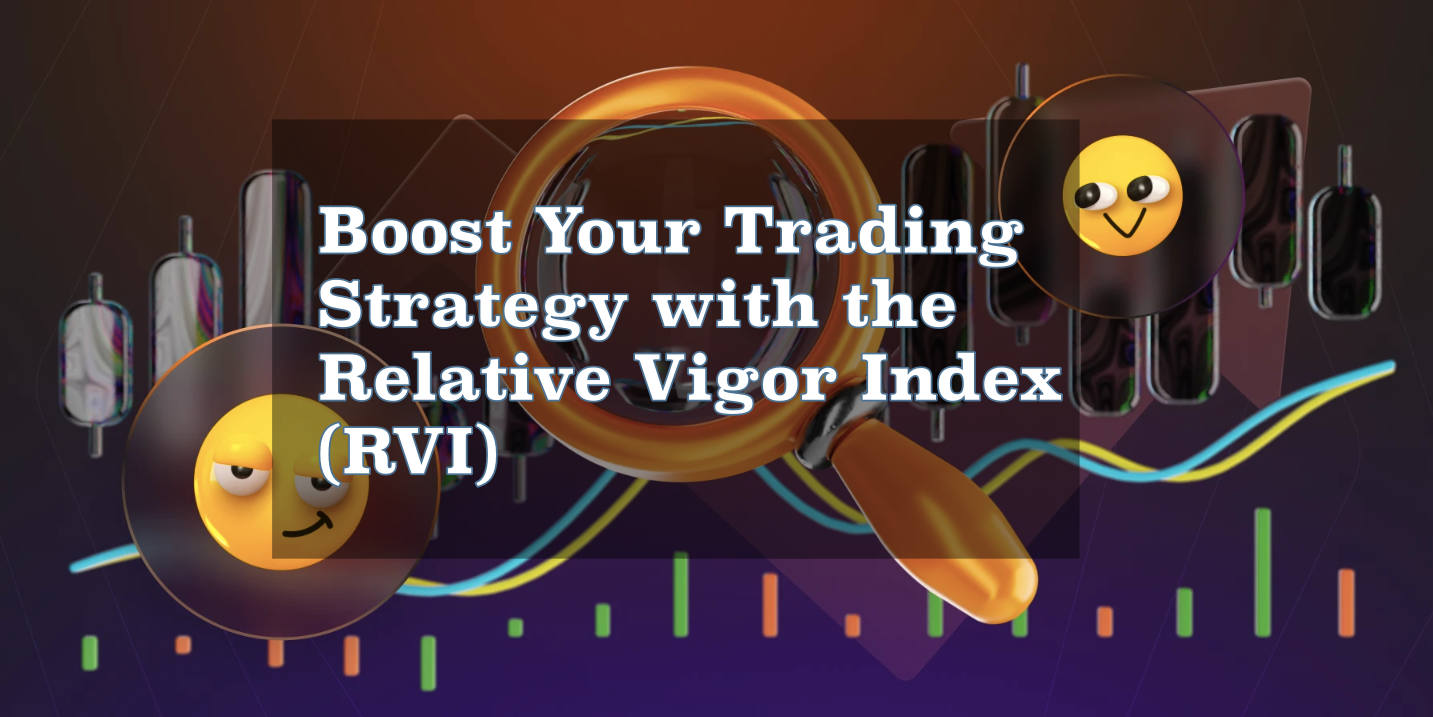If you have decided that trading is your thing and will be a part of your life, you would probably have lots of questions and the most common question will be “How To Trade?”. There are, many traders who have this question “What should be the trader’s first step?” You will get most of the answer to common questions in this article and you will have an idea on the working of trading.
Trading fundamentals
On the IQ Option platform, all the trading is carried out with Contracts for Difference (CFDs). In CFDs, you do not actually acquire the asset when you open the deal but rather invest in its price development. The payout will depend on the prediction. If your prediction of the price change is correct then you will receive your investment back plus a certain premium. And if your prediction goes wrong the investment amount will be deducted from your account.de
You have two types of deals Long and Short, if you click buy then you open a Long position which means that you expect the asset price to go up over time. And if you want to open a Short position, click the sell button which means that you expect the asset price to drop. You will notice that it is possible to speculate on both positive and negative price movements.
Deals can close automatically depending on the asset you trade or stay open until you close them manually. There is no fixed expiration when you open a deal and can keep as long as you like and can close it whenever you deem appropriate based on your trading strategy.
How to analyze the market?
The outcome of your deal depends on the decision you make regarding the direction of the future price movement. It makes it very important to learn as much about the behaviour of the asset you are about to trade as possible. You can use video tutorials and blogs to educate yourself. It is very crucial to know how and what exactly you trade before you allocate real-life funds to trade there are 2 major ways to analyse the market: technical and fundamental.
There are many factors that affect the market which cannot be spotted on the price chart like market news and earnings reports. All this analysis method is usually applied to long-term deals but can also help predict volatility spikes — situations when the price grows or deteriorates rapidly.
To predict the future, the technical analysis relies on recent price development and is performed with indicators. To help identify the trend these indicators apply special calculations to the chart its direction, strength, volatility etc. There are many indicators at the same time in order to see the full picture before you make your next deal.
Here is how to combine two analysis types effectively.
Both of these can be used to predict future asset behaviour but remember that no analysis can provide accurate predictions of 100% of the time. Sometimes all the analysis type can provide false signals due to the erratic nature of global financial markets. So, as a trader, your task is to squeeze the most out of information that you receive from the market.
How to lose properly?
Everything is probably, there is no guaranteed victory. So, it is very essential to learn not only how to win but also how to lose properly.
Try to stay calm even if everything is normal or not normal, control your emotions. When you turn to emotions, either positive or negative, the probability of making a correct prediction becomes less and, as a result, to stay in the black.
Top 5 Trending
"Why do I keep losing money in trading?" This is a question every trader has asked at some point. Experiencing… [Read More]
Trading indices is more than just a financial pursuit; it's both an art and science, demanding attention to detail, a… [Read More]
Forget Tiffany’s—there’s a diamond that traders treasure even more. Diamond chart patterns may not sit on a ring, but they… [Read More]
The Psychological Line (PSY) Indicator is a versatile, oscillator-type trading tool that compares the number of periods with positive price… [Read More]
Have you ever felt like your trading approach could benefit from a little extra energy? That’s where the Relative Vigor… [Read More]







